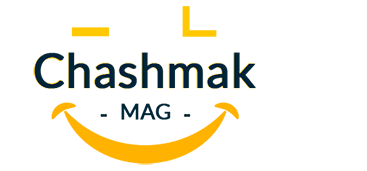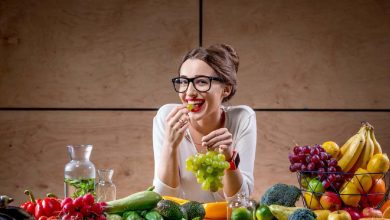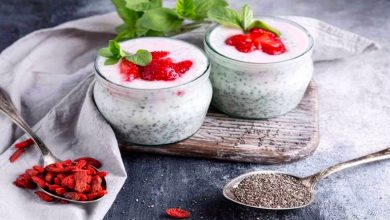Iron Food Sources: The 11 Best Foods That Are High In Iron
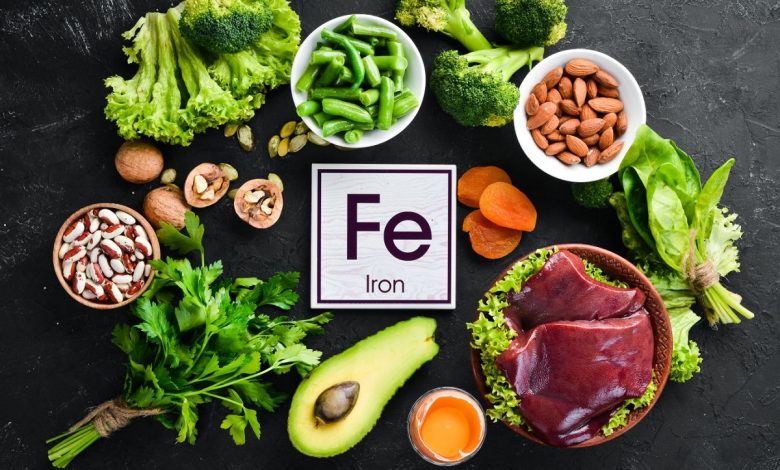
Iron Food Sources: We include products we think are useful for our readers. If you buy through links on this page, we may earn a small commission. Here’s our process. Iron is an essential nutrient, meaning you must get it from food. Luckily, there are plenty of good foods with iron to help you meet your daily needs.
Iron Food Sources, Iron is a mineral that serves several important functions, its main one being to carry oxygen throughout your body as a part of red blood cells.
The Daily Value (DV) for iron is 8-18 mg for non-pregnant adults. A deficiency can occur if your intake is too low to replace the amount you lose daily.
Iron Food Sources, Interestingly, the amount of iron your body absorbs is partly based on how much you have stored.
Iron deficiency can cause anemia and lead to symptoms like fatigue. Menstruating women who don’t consume iron-rich foods are at a particularly high risk of deficiency.
Iron Food Sources: Here are 11 healthy foods that are high in iron.
1. Shellfish
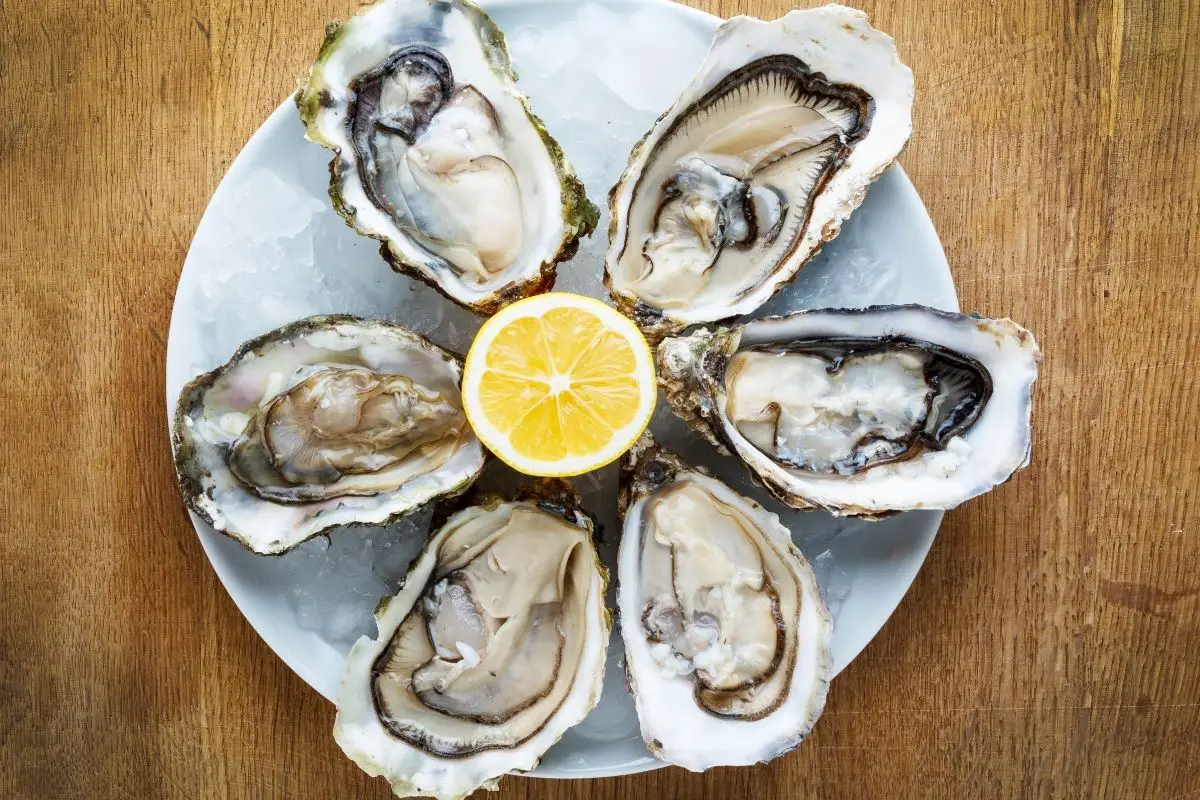
Iron Food Sources, Shellfish is tasty and nutritious. All shellfish is high in iron, but clams, oysters, and mussels are particularly good sources.
For instance, a 3.5-ounce (100-gram) serving of clams may contain up to 3 mg of iron, which is 17% of the DV.
Iron Food Sources, However, the iron content of clams is highly variable, and some types may contain much lower amounts. The iron in shellfish is heme iron, which your body absorbs more easily than the non-heme iron found in plants.
A 3.5-ounce serving of clams also provides 26 grams of protein, 24% of the DV for vitamin C, and a whopping 4,125% of the DV for vitamin B12.
In fact, shellfish are a good source of omega-3 fatty acids which have been shown to increase the levels of heart-healthy HDL cholesterol.
Iron Food Sources, Although there are legitimate concerns about mercury and toxins in certain types of fish and shellfish, the benefits of consuming seafood far outweigh the risks.
The EPA and FDA recommend eating 2 to 3 servings of seafood a week from their “Best Choices” list, which includes such shellfish as clams, oysters, and scallops.
SUMMARY
A 3.5-ounce (100-gram) serving of clams provides 17% of the DV for iron. Shellfish is also rich in many other nutrients and may increase HDL (good) cholesterol levels in your blood.
2. Spinach
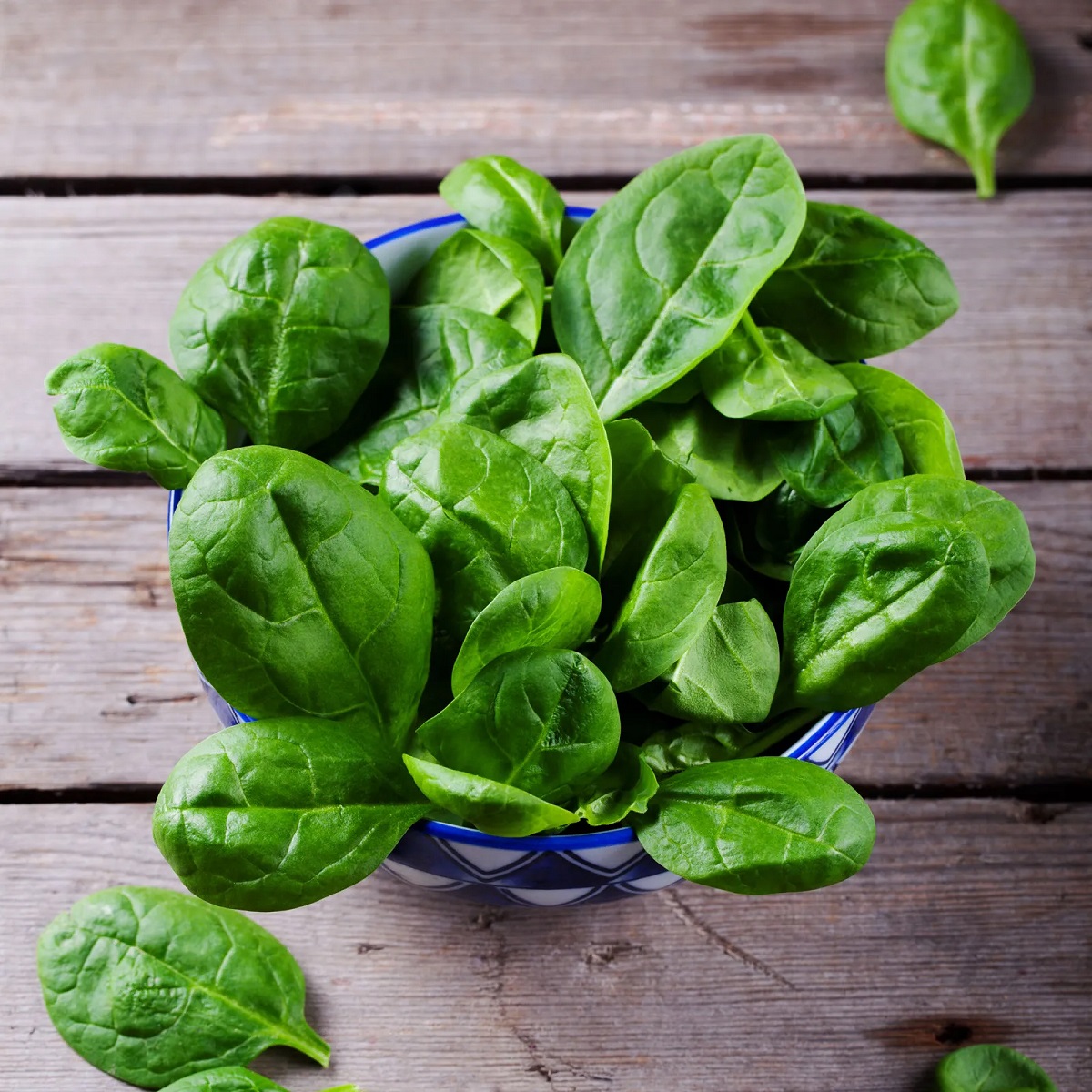
Iron Food Sources, Spinach provides many health benefits but very few calories.
About 3.5 ounces (100 grams) of raw spinach contain 2.7 mg of iron, or 15% of the DV. Although this is non-heme iron, which isn’t absorbed very well, spinach is also rich in vitamin C. This is important since vitamin C significantly boosts iron absorption.
Iron Food Sources, Spinach is also rich in antioxidants called carotenoids, which may reduce your risk of cancer, decrease inflammation, and protect your eyes from disease.
Consuming spinach and other leafy greens with fat helps your body absorb the carotenoids, so make sure to eat a healthy fat like olive oil with your spinach.
SUMMARY
Spinach provides 15% of the DV for iron per serving, along with several vitamins and minerals. It also contains important antioxidants.
3. Liver and other organ meats

Iron Food Sources, Organ meats are extremely nutritious. Popular types include liver, kidneys, brain, and heart — all of which are high in iron.
For example, a 3.5-ounce (100-gram) serving of beef liver contains 6.5 mg of iron, or 36% of the DV.
Iron Food Sources, Organ meats are also high in protein and rich in B vitamins, copper, and selenium. Liver is especially high in vitamin A, providing an impressive 1,049% of the DV per 3.5-ounce serving.
What’s more, organ meats are among the best sources of choline, an important nutrient for brain and liver health that many people don’t get enough of.
SUMMARY
Iron Food Sources, Organ meats are good sources of iron, and liver contains 36% of the DV per serving. Organ meats are also rich in many other nutrients, such as selenium, vitamin A, and choline.
4. Legumes
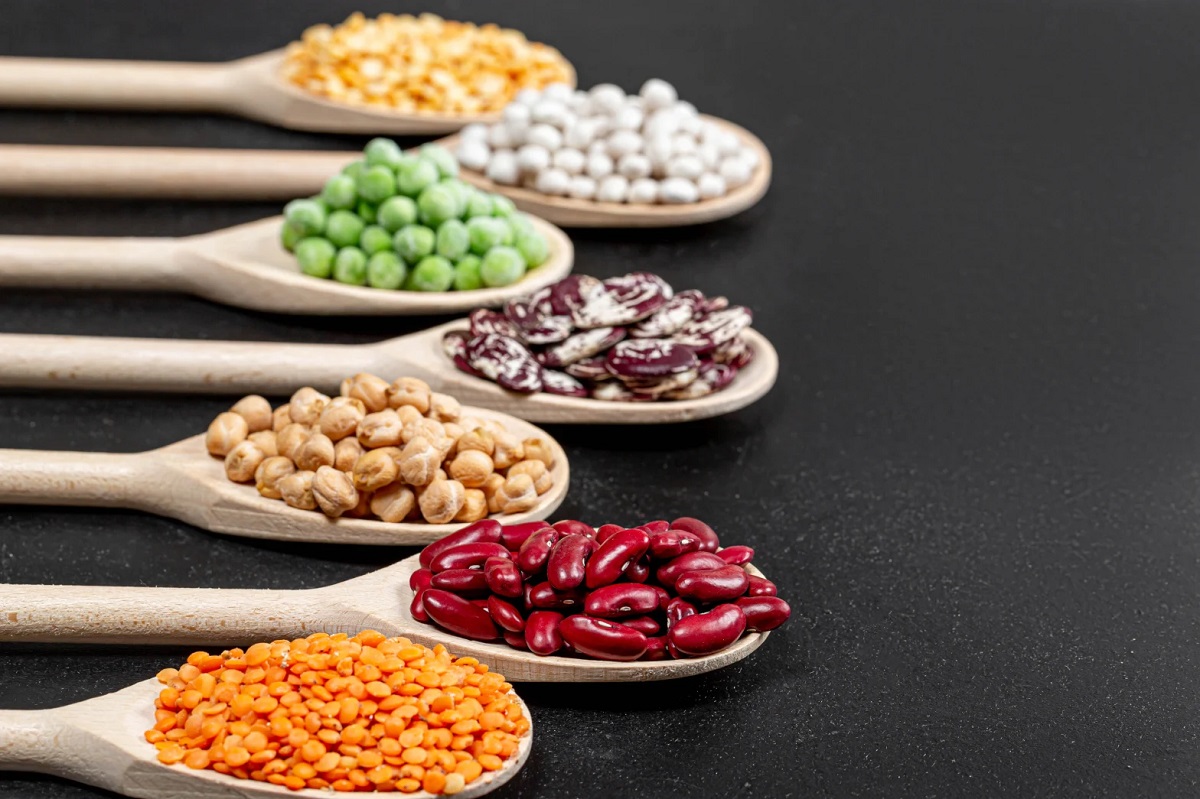
Iron Food Sources, Some of the most common types of legumes are beans, lentils, chickpeas, peas, and soybeans.
They’re a great source of iron, especially for vegetarians. One cup (198 grams) of cooked lentils contains 6.6 mg, which is 37% of the DV. Beans like black beans, navy beans, and kidney beans can all help easily bump up your iron intake.
Iron Food Sources, In fact, a half-cup (86-gram) serving of cooked black beans provides around 1.8 milligrams of iron, or 10% of the DV.
Legumes are also a good source of folate, magnesium, and potassium.
Iron Food Sources, What’s more, studies have shown that beans and other legumes can reduce inflammation in people with diabetes. Legumes can also decrease heart disease risk for people with metabolic syndrome.
Additionally, legumes may help you lose weight. They’re very high in soluble fiber, which can increase feelings of fullness, reduce calorie intake, and promote healthy gut bacteria, which influences weight, inflammation and risk of chronic disease.
To maximize iron absorption, consume legumes with foods high in vitamin C, such as tomatoes, greens, or citrus fruits.
SUMMARY
Iron Food Sources, One cup (198 grams) of cooked lentils provides 37% of the DV for iron. Legumes are also high in folate, magnesium, potassium, and fiber and may even aid weight loss.
5. Red meat

Iron Food Sources, A 3.5-ounce (100-gram) serving of ground beef contains 2.7 mg of iron, which is 15% of the DV. Meat is also rich in protein, zinc, selenium, and several B vitamins.
Researchers have suggested that iron deficiency may be less likely in people who eat meat, poultry, and fish on a regular basis.
Iron Food Sources, In fact, red meat is probably the single most easily accessible source of heme iron, potentially making it an important food for people who are prone to anemia.
Research shows females consuming less than 2 ounces of red meat daily were more likely to have inadequate intakes below for zinc, iron, vitamin B12 and potassium and vitamin D intakes than females consuming between 2 and 3 ounces daily.
SUMMARY
One serving of ground beef contains 15% of the DV for iron and is one of the most easily accessible sources of heme iron. It’s also rich in B vitamins, zinc, selenium, and high quality protein.
6. Pumpkin seeds
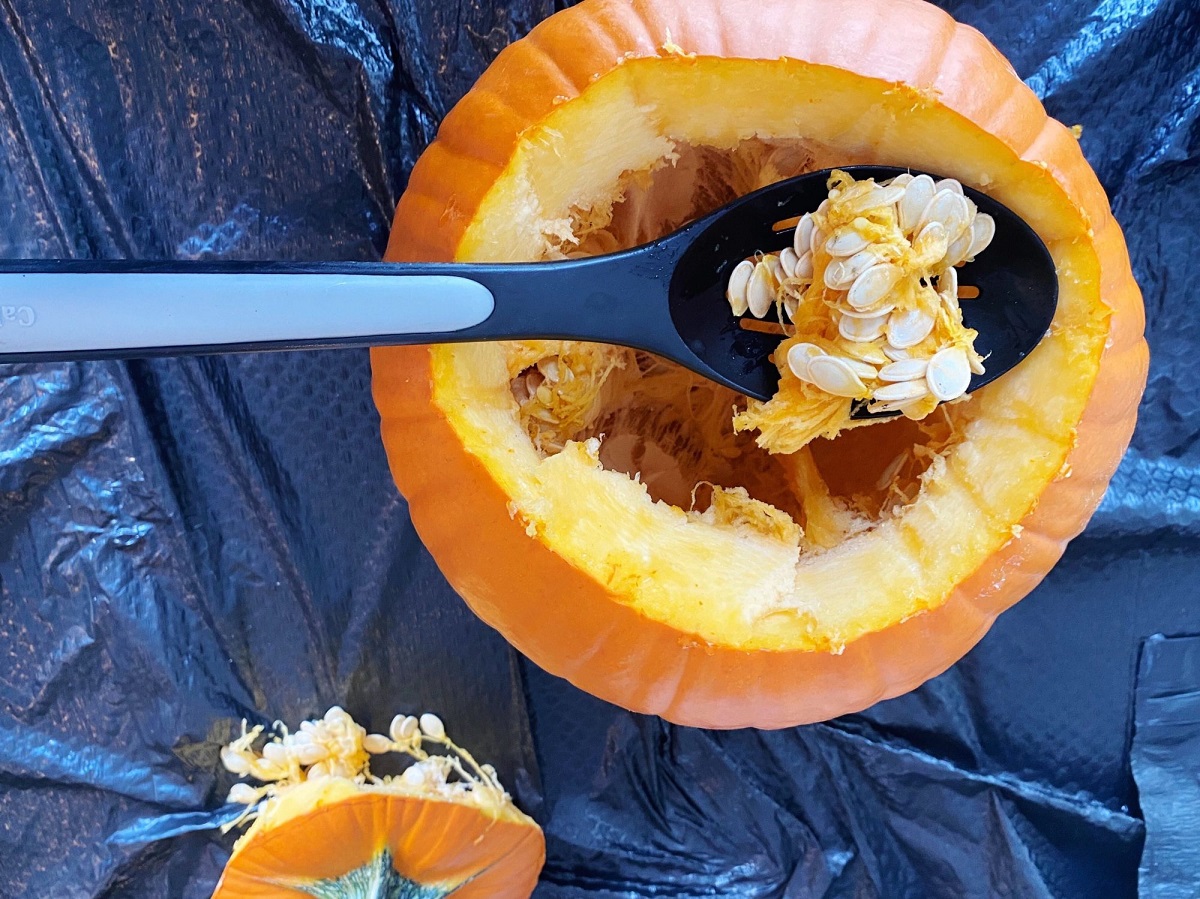
Iron Food Sources, Pumpkin seeds are a tasty, portable snack.
A 1-ounce (28-gram) serving of pumpkin seeds contains 2.5 mg of iron, which is 14% of the DV. In addition, pumpkin seeds are a good source of vitamin K, zinc, and manganese. They’re also among the best sources of magnesium, which is a common dietary deficiency.
Iron Food Sources, A 1-ounce (28-gram) serving contains 40% of the DV for magnesium, which helps reduce your risk of insulin resistance, diabetes, and depression.
SUMMARY
Pumpkin seeds provide 14% of the DV for iron per 1-ounce serving. They’re also a good source of several other nutrients, particularly magnesium.
7. Quinoa

Iron Food Sources, Quinoa is a popular grain known as a pseudocereal. One cup (185 grams) of cooked quinoa provides 2.8 mg of iron, which is 16% of the DV.
Furthermore, quinoa contains no gluten, making it a good choice for people with celiac disease or other forms of gluten intolerance.
Quinoa is also higher in protein than many other grains, as well as rich in folate, magnesium, copper, manganese, and many other nutrients.
Iron Food Sources, In addition, quinoa has more antioxidant activity than many other grains. Antioxidants help protect your cells from damage from free radicals, which are formed during metabolism and in response to stress.
SUMMARY
Quinoa provides 16% of the DV for iron per serving. It also contains no gluten and is high in protein, folate, minerals, and antioxidants.
8. Turkey

Iron Food Sources, Turkey meat is a healthy and delicious food. It’s also a good source of iron, especially dark turkey meat.
A 3.5-ounce (100-gram) portion of dark turkey meat has 1.4 mg of iron, which is 8% of the DV. In comparison, the same amount of white turkey meat contains only 0.7 mg.
Iron Food Sources, Dark turkey meat also packs an impressive 28 grams of protein per serving and several B vitamins and minerals, including 32% of the DV for zinc and 57% of the DV for selenium.
Consuming high protein foods like turkey may aid weight loss, as protein makes you feel full and increases your metabolic rate after a meal.
High protein intake can also help prevent the muscle loss that occurs during weight loss and the aging process.
SUMMARY
Iron Food Sources, Turkey provides 13% of the DV for iron and is a good source of several vitamins and minerals. Its high protein content promotes fullness, increases metabolism, and prevents muscle loss
9. Broccoli

Iron Food Sources, Broccoli is incredibly nutritious. A 1-cup (156-gram) serving of cooked broccoli contains 1 mg of iron, which is 6% of the DV.
What’s more, a serving of broccoli also packs 112% of the DV for vitamin C, which helps your body absorb the iron better.
Iron Food Sources, The same serving size is also high in folate and provides 5 grams of fiber, as well as some vitamin K. Broccoli is a member of the cruciferous vegetable family, which also includes cauliflower, Brussels sprouts, kale, and cabbage.
Cruciferous vegetables contain indole, sulforaphane, and glucosinolates, which are plant compounds believed to protect against cancer.
SUMMARY
Iron Food Sources, One serving of broccoli provides 6% of the DV for iron and is very high in vitamins C, K, and folate. It may also help reduce cancer risk.
10. Tofu

Tofu is a soy-based food that’s popular among vegetarians and in some Asian countries. A half-cup (126-gram) serving provides 3.4 mg of iron, which is 19% of the DV.
Tofu is also a good source of thiamine and several minerals, including calcium, magnesium, and selenium. In addition, it provides 22 grams of protein per serving.
Tofu contains unique compounds called isoflavones, which have been linked to improved insulin sensitivity, a decreased risk of heart disease, and relief from menopausal symptoms.
SUMMARY
Iron Food Sources, Tofu provides 19% of the DV for iron per serving and is rich in protein and minerals. Its isoflavones may improve heart health and relieve menopausal symptoms.
Also Read:
Diabetes Diet: The Best 18 Fruits For Diabetes
The 8 Best Fall Fruits And Vegetables Are Healthy For Your Heart, According To Dietitians
8 Home Remedies For Constipation
10 Best Home Remedies For Treat Sore Throat
Feeling Sick: Tips To Provide When You Are Sick
8 Foods High In Vitamin D That Is Helpful In Cold Season
Protein Shake Benefits: Why Drinking Protein Shake Is Useful!
